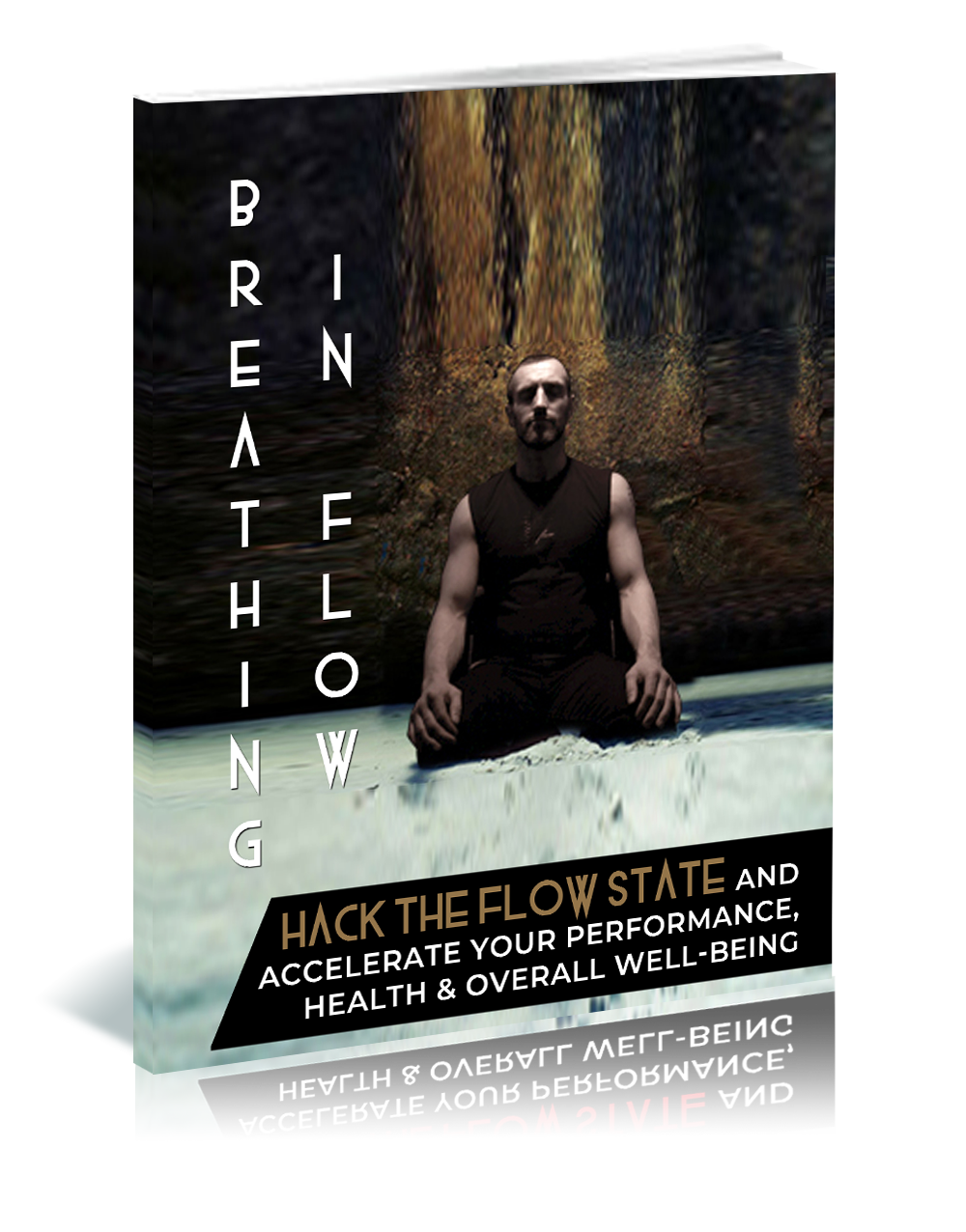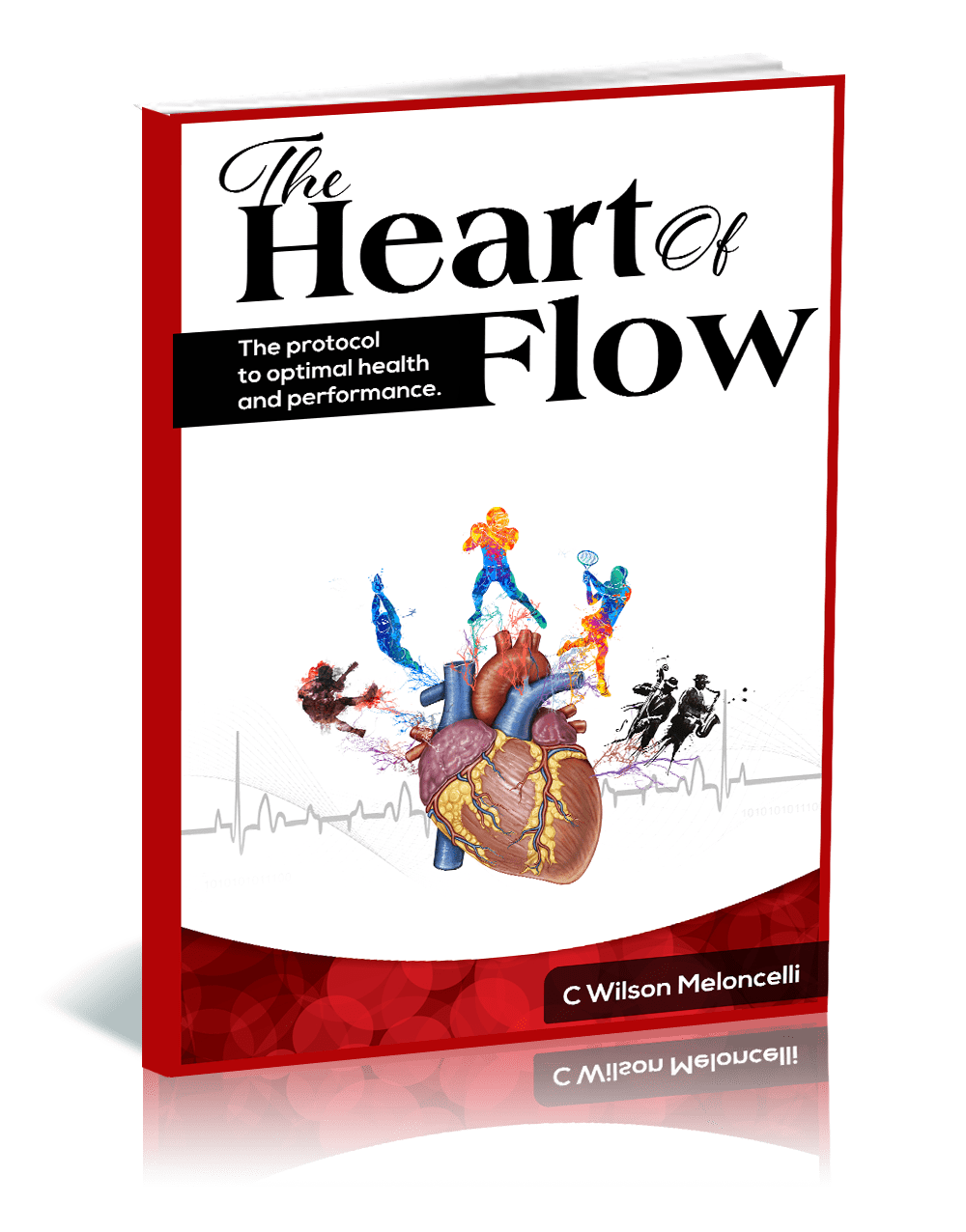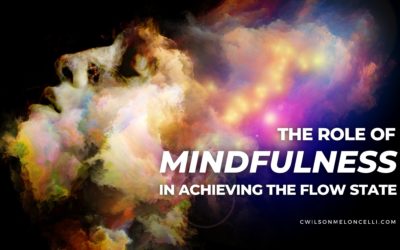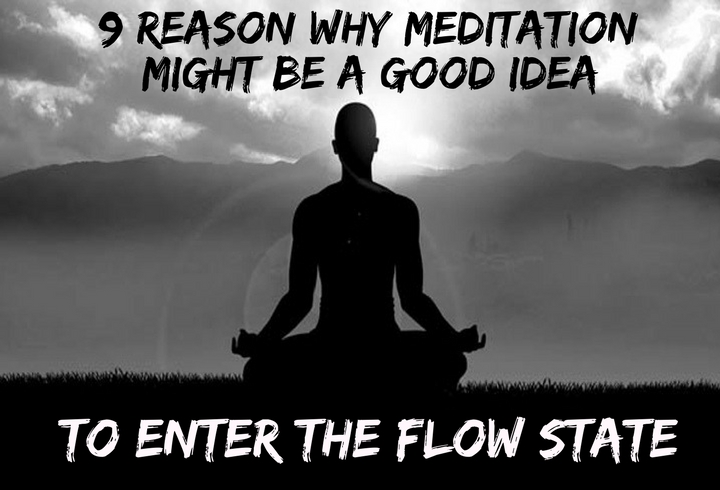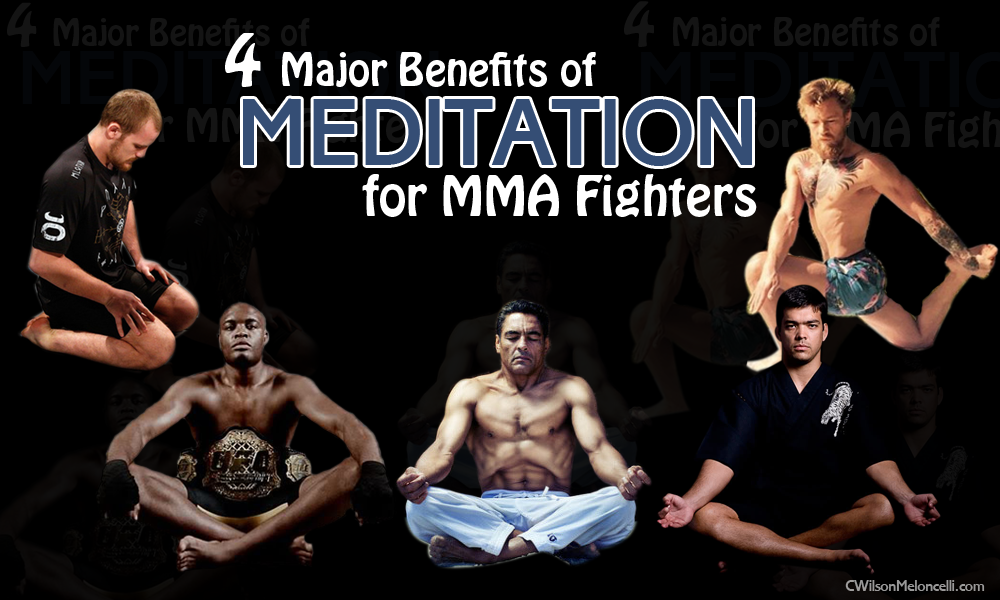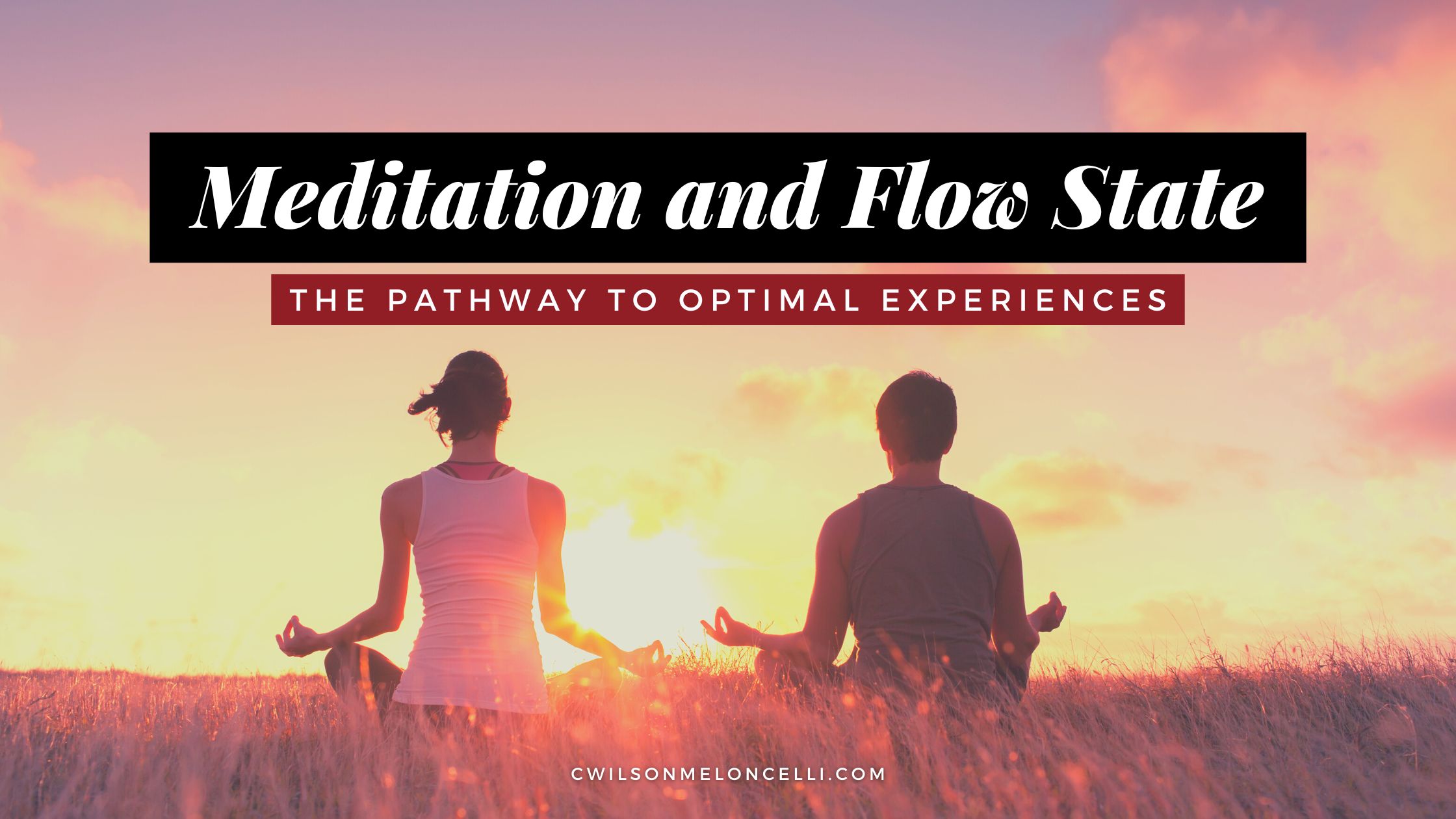
The pursuit of peak experiences, where one feels completely immersed and aligned with an activity, has been a human endeavor for centuries. The Flow State, often described as being "in the zone," represents such an experience. Interestingly, meditation, an ancient practice, has emerged as a potent tool to facilitate this state. This article delves into the synergy between meditation and the Flow State, offering insights into how meditation can be a gateway to achieving Flow.
Meditation: A Pathway to Flow
Meditation, at its core, is an exercise in focused attention and awareness. It shares several characteristics with Flow, making it a natural precursor to this state:
- Focused Attention: Both meditation and Flow demand a high degree of concentration. By training the mind through meditation, one can enhance the ability to enter Flow in other activities.
- Loss of Ego: Deep meditative states often lead to a dissolution of the ego, a phenomenon mirrored in Flow where one loses the sense of self in the activity.
- Time Distortion: Just as time can seem to fly in a Flow state, deep meditation can also lead to an altered perception of time.
Steps to Use Meditation to Enter Flow
- Begin with Mindfulness: Start with mindfulness meditation, focusing on the breath or bodily sensations. This foundational practice cultivates the necessary concentration skills that can be transferred to Flow-inducing activities.
- Set Clear Intentions: Before each meditation session, set an intention. This clarity of purpose aligns with the clear goals required for Flow.
- Practice Regularly: Consistency is key. Regular meditation practice strengthens neural pathways associated with focus and attention, making it easier to access Flow in other contexts.
- Transition to Flow Activities: After meditation, engage in activities that you're passionate about or that challenge you. The post-meditative state is conducive to entering Flow, especially when the mind is calm and focused.
- Incorporate Moving Meditations: Activities like Tai Chi, Qigong, or even walking meditations can be bridges between static meditation and dynamic Flow activities. They integrate movement with mindfulness, making the transition to Flow in other activities more seamless.
The Science Behind Meditation and Flow
Research has increasingly shown overlaps in the brain states achieved during meditation and Flow. Both states show a decrease in frontal lobe activity, leading to the "loss of self" feeling. Moreover, a study by Brewer et al. found that meditation and Flow both activate the anterior cingulate cortex and the prefrontal cortex, areas associated with self-monitoring and focused problem-solving.
Benefits of Combining Meditation and Flow
- Enhanced Performance: The heightened focus achieved through meditation can significantly boost performance in Flow-inducing activities, from sports to artistic endeavors.
- Improved Well-being: Both meditation and Flow have been linked to increased levels of happiness and reduced stress. Combining the two can amplify these benefits.
- Deepened Learning: The intense concentration associated with both states can enhance learning and skill acquisition, making the combination a potent tool for personal and professional development.
Meditation, with its rich history and profound effects on the mind, offers a unique pathway to the coveted Flow State. By harnessing the power of meditation, individuals can more readily tap into the zone, unlocking heightened creativity, performance, and well-being. In the dance between stillness and motion, between introspection and outward expression, lies the potential for some of life's most fulfilling experiences.
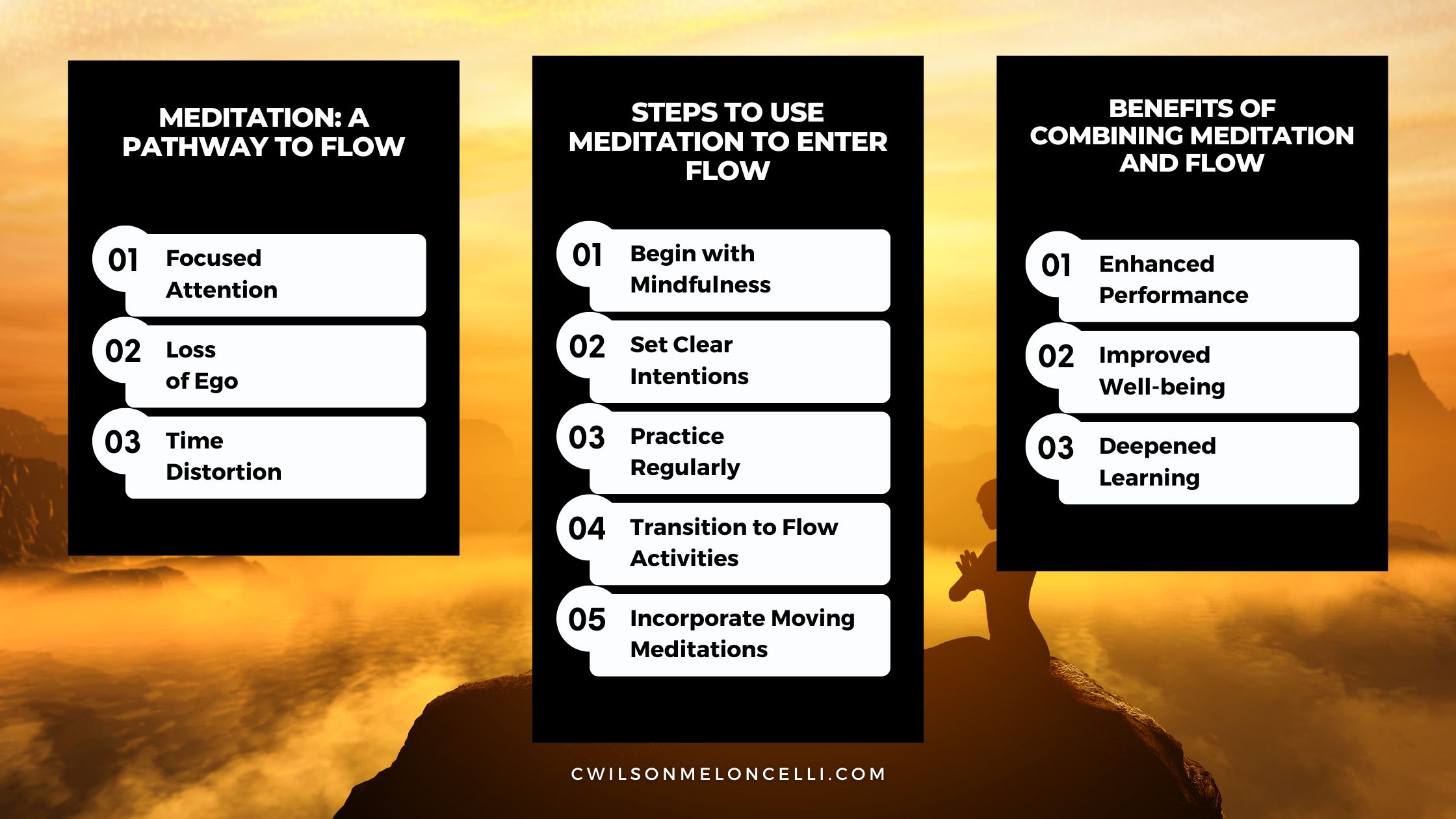
Unlock the transformative power of Flow State with our "4 Cycles of Flow" program. Dive deeper into the synergy between meditation and Flow, and discover techniques to consistently achieve this optimal state. Whether you're a seasoned meditator or just beginning your journey, the "4 Cycles of Flow" program offers insights and practices to elevate your experiences. Join the program today and embark on a journey of heightened creativity, performance, and well-being.
References
- Csikszentmihalyi, M. (1990). Flow: The psychology of optimal experience. Harper & Row.
- Brewer, J. A., Worhunsky, P. D., Gray, J. R., Tang, Y. Y., Weber, J., & Kober, H. (2011). Meditation experience is associated with differences in default mode network activity and connectivity. Proceedings of the National Academy of Sciences, 108(50), 20254-20259


